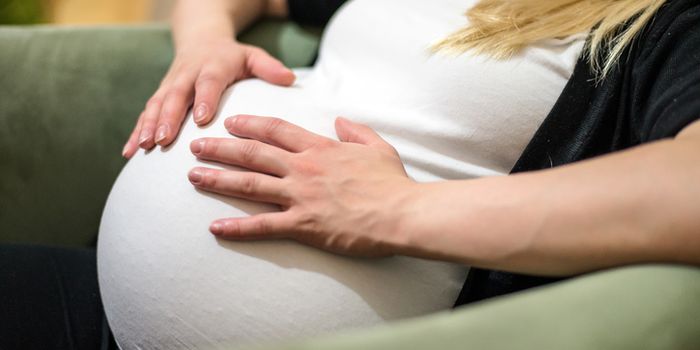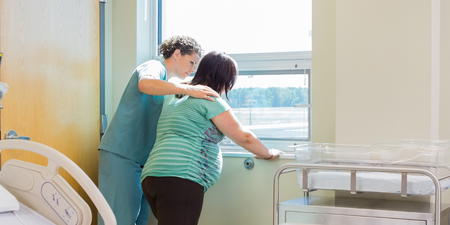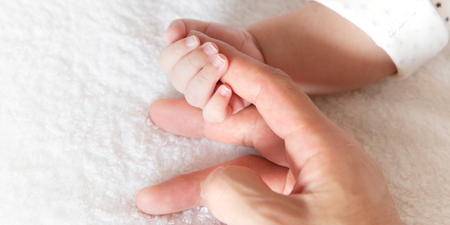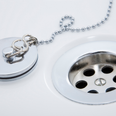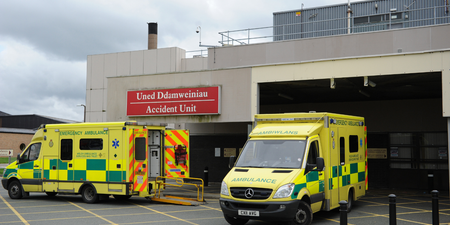Here’s one question that really took up a lot of my energy towards the end of my first pregnancy: How will I KNOW when I am really in labour?
I had heard the stories – and seen the movies – where a very pregnant woman barges into the labour ward, convinced she is about to birth the baby there and them, only to be told that she is HOURS away from the real action and to just go home and chillax while nature takes its course. The thing is; when you have never gone through labour, you have NO idea what it is meant to feel like, right?
Like, I knew it was going to be painful (Thanks, One Born Every Minute). I just did not know if it was a “yikes, this is uncomfortable” kind of pain, or more of an “I AM ACTUALLY DYING HERE” experience. (Having lived through two labours now, I will say it starts out with the first, and, for a brief moment, mid-pushing, it is definitively No. 2).
No one really knows what causes labour to start or when it will start, but several hormonal and physical changes may indicate that something is about to go down. So apart from the pain – just in case you are as anxious to know as I was – here are the other signs that might (often) present themselves when labour has started or is pretty imminent:
1. Lightening
The process of your baby settling or lowering into your pelvis just before labour is called lightening. Lightening can occur a few weeks (most common on your first baby) or a few hours before labour (subsequent pregnancies). Because the uterus rests on the bladder more after lightening, you may feel the need to urinate more frequently.
2. Passing of the mucus plug
This is sometimes referred to as a “show” and it’s the moment when the “plug” that seals your cervix shut throughout your pregnancy (mostly just clumped together mucus) gets discharged and can end up in your underwear or toilet bowl.
Note: You might not always notice this happening, and indeed many admit to just noticing a mucousy discharge happening over a couple of days just before labour starts. For some, labour occurs pretty imminently after the mucus plug has come out, for others it can take another couple of weeks before you see any real action.
3. Contractions
What we all have spent the past nine (almost ten!) months fearing: Contractions. Contractions refer to the uterus contracting, trying to push the baby down and out through the birth canal.
During contractions, you abdomen becomes hard. Between contractions, the uterus relaxes and the abdomen becomes soft. The way a contraction feels is different for each woman and may feel different from one pregnancy to the next. But labour contractions usually cause discomfort or a dull ache in your back and lower abdomen, along with pressure in the pelvis. Contractions move in a wave-like motion from the top of the uterus to the bottom. Some women describe contractions as strong menstrual cramps.
Note: Unlike false-alarm labour contractions or Braxton Hicks, true labour contractions do not stop when you change your position or relax. Although the contractions may be uncomfortable, you will be able to relax in between contractions.
Mild contractions generally begin 15 to 20 minutes apart and last 60 to 90 seconds. The contractions become more regular until they are less than 5 minutes apart. Active labour (the time you should come into the hospital) is usually characterised by strong contractions that last 45 to 60 seconds and occur three to four minutes apart.
4. Water breaking
The rupture of the amniotic membrane (the fluid-filled sac that surrounds the baby during pregnancy) may feel either like a sudden gush of fluid or a trickle of fluid that leaks steadily. Mine was No. 2 both times – and so what not what every movie ever had made me anticipate. (Think Charlotte in Sex and the City, The Movie, talking to Mr Big)
Anyway, the amniotic fluid is usually odourless and may look clear or straw-coloured. If your “water breaks,” write down the time this occurs, how much fluid is released, and what the fluid looks like, and then notify you midwife/labour ward of this. Here’s the exciting news: Although labour may not start immediately after your water breaks (mine did, though), delivery of your baby will occur within the next 24 hours. Whoo-hoo! You’re almost there!
5. Effacement and dilation of the cervix
During labour, your cervix gets shorter and thins out in order to stretch and open around your baby’s head. Yep. A whole baby is about to come out of your hoo-ha. Clearly, something needs to stretch!
This shortening of the cervix is called effacement. Your midwife or other health care provider will be able to tell you if there are changes to the cervix during a pelvic exam. Usually, when you are 10 centimetres, it means it is time to start pushing that baby out. Effacement is measured in percentages from 0 percent to 100 percent. If there are no changes to the cervix, it is described as 0 percent effaced. When the cervix is half the normal thickness, it is 50 percent effaced. When the cervix is completely thinned out, it is 100 percent effaced.
In other words: It’s BABY TIME!
How did YOUR labour start? Did you know it was the Real Thing, or did you have a false alarm the first time around? Join the conversation in the Facebook comments or on Twitter.
